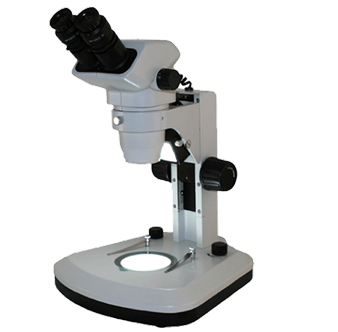Wireless Microscope Cameras
WiFi wireless microscope cameras provide a live image without the need of cables or a direct line connection to the microscope.
Embracing Wireless Technology: The Future of Microscopy with Wireless Microscope Cameras
Wireless microscope cameras have emerged as innovative tools that combine the power of microscopy with the convenience of wireless connectivity. These cameras eliminate the need for cumbersome cables and allow for seamless integration with computers, smartphones, and tablets. With the freedom of movement they provide, wireless microscope cameras have transformed the way microscopic observations are made, shared, and documented. In this article, we will explore the features and advantages of wireless microscope cameras and their impact on microscopy applications.
Effortless Connectivity
One of the primary benefits of wireless microscope cameras is their effortless connectivity. By utilizing Wi-Fi or Bluetooth technology, these cameras can wirelessly transmit live images and videos to compatible devices such as computers, smartphones, or tablets. This wireless connection eliminates the need for physical cables and allows for greater flexibility and mobility during microscopy sessions. Users can freely move around the laboratory or classroom while maintaining a clear view of the microscopic specimen on their device.
Remote Viewing and Collaboration
Wireless microscope cameras enable remote viewing and collaboration, facilitating communication and knowledge sharing. Users can connect their devices to the camera's Wi-Fi network or establish a Bluetooth connection, allowing others to view the live feed remotely. This feature is particularly valuable in educational settings or research laboratories where multiple users can simultaneously observe, discuss, and analyze microscopic specimens from different locations. Remote viewing and collaboration enhance teamwork, foster learning experiences, and broaden the reach of microscopic research.
User-Friendly Interface
Wireless microscope cameras often come with user-friendly apps or software that enhance the overall user experience. These apps provide intuitive interfaces that allow users to control camera settings, adjust focus, capture images or videos, and perform basic measurements. The wireless connection between the camera and the device ensures seamless interaction and easy access to essential features, making the process of capturing and documenting microscopic observations straightforward and convenient.
Portability and Versatility
Wireless microscope cameras offer portability and versatility, enabling microscopy on the go. The absence of cables and the freedom to connect to various devices make these cameras ideal for fieldwork or situations where a traditional microscope setup is not feasible. Researchers can explore outdoor environments, conduct on-site inspections, or perform experiments in remote locations without the need for a physical connection to a microscope. This portability and versatility expand the possibilities for microscopic research and extend the reach of scientific exploration.
Flexible Documentation and Sharing
Wireless microscope cameras facilitate easy documentation and sharing of microscopic observations. Users can capture images or record videos directly on their devices and instantly share them with colleagues, students, or collaborators. The wireless connection allows for quick transfer of data, eliminating the need for physical storage devices or complex file transfer processes. The ability to capture, store, and share images or videos wirelessly enhances collaboration, encourages discussions, and contributes to the development of a comprehensive database of microscopic findings.
Limitless Potential
Wireless microscope cameras offer limitless potential for future advancements in microscopy. As wireless technology continues to evolve, these cameras will benefit from faster connection speeds, improved image transmission quality, and enhanced compatibility with a wide range of devices. Additionally, the integration of augmented reality (AR) or virtual reality (VR) technologies may further revolutionize the way microscopic specimens are observed and analyzed, opening new avenues for scientific research, education, and industrial applications.

No eyepieces required
Visual Inspection Systems
These systems are perfect for quality control areas where a number of parts need examination throughout the day.
Shop Now
Same day response
Request a Quote
We build custom solutions tailored to fit your microscope needs. We respond to quote requests the same business day.
Submit Request



